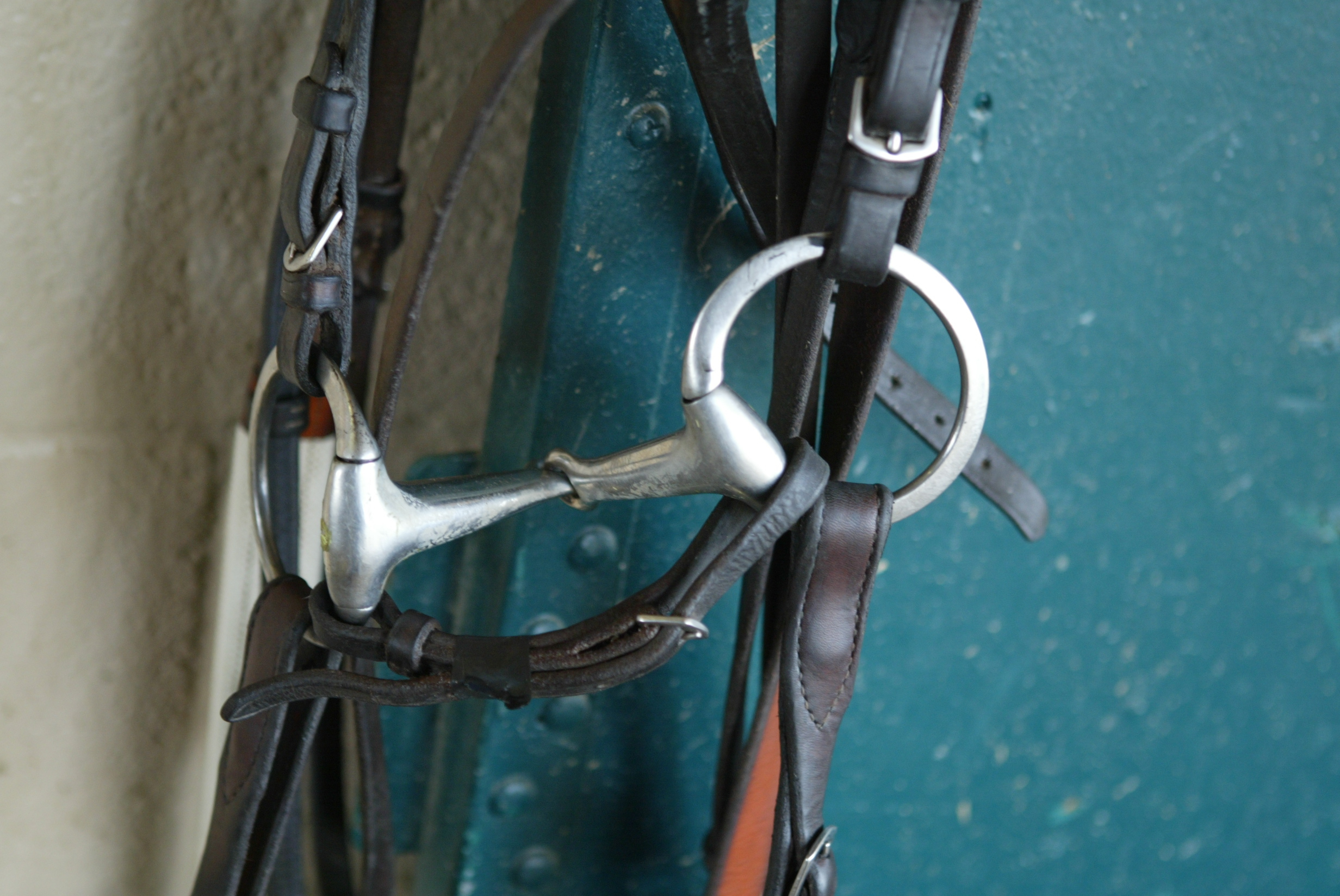Personal preference - training from horseback or the ground
/By Ed Golden
At 83, when many men his age are riding wheelchairs in assisted living facilities, Darrell Wayne Lukas is riding shotgun on a pony at Thoroughbred ports of call from coast to coast, sending his stalwarts through drills to compete at the game’s highest level.
Darrell Wayne Lukas accompanies Bravazo, ridden by Danielle Rosier
One of three children born to Czechoslovakian immigrants, Lukas began training quarter horses full time in 1967 at Park Jefferson in South Dakota. He came to California in 1972 and switched to Thoroughbred racing in 1978. Rather than train at ground level as most horsemen do, Lukas has called the shots on horseback lo these many years, winning the most prestigious races around the globe.
A native of Antigo, Wisconsin, he was an assistant basketball coach at the University of Wisconsin for two years and coached nine years at the high school level, earning a master’s degree in education at his alma mater before going from the hardwood to horses.
His innovations have become racing institutions, as his Thoroughbred charges have won nearly 4,800 races and earned some $280 million. They are second nature to him now.
“I’m on a horse every day for four to five hours,” said Lukas, who’s usually first in line. “I open the gate for the track crew every morning. I ride a good horse, and I make everybody who works for me ride one.
“My wife (Laurie) rides out most days. She’s got a good saddle horse. I make sure my number one assistant, Bas (Sebastian Nichols) rides, too.”
The Hall of Fame trainer is unwavering in his stance.
“I want to be close to my horses’ training, because I think most of the responses from the exercise rider and the horse are immediate on the pull up after the workout or the exercise,” Lukas said.
“I don’t want that response 20 minutes later as they walk leisurely back to the barn. I want it right there. If I’m working a horse five-eighths, and I have some question about its condition, I want to see how hard it’s breathing myself, before it gets back to the barn.
“I’ve always been on a pony when my horses train, ever since I started. I’ve never trained from the ground. If my assistants don’t know how to ride, they have to take riding lessons, and they’ve got to learn how to ride. I insist on them being on horseback.”
Wesley Ward, a former jockey and the 1984 Eclipse Award winner as the nation’s leading apprentice rider, is a landlubber these days as a trainer, yet has achieved plaudits on the international stage.
Wesley Ward
“I don’t think there’s any advantage at all on horseback,” said Ward, who turns 51 on March 3. “Look at (the late) Charlie Whittingham. “He’s the most accomplished trainer in history, I think, and he wasn’t on a pony . . . Everybody’s different. It’s just a matter of style. I can see more from the grandstand when the horses work.
“I like to see the entire view, and on a pony, you’re kind of restricted to ground level, so you can’t really tell how fast or how slow or how good they’re going.
“I like to step back and observe the big picture when my horses work. I can check on them up close when they’re at the barn. But all trainers are different. Some like to be close to their horses and see each and every stride. I’ve tried it both ways, and I like it better from an overview.”
Two-time Triple Crown-winning trainer Bob Baffert, himself a former rider, employs the innovative Dick Tracy method: two-way radio from the ground to maintain contact with his workers on the track.
Bob Baffert
“I used to train on horseback,” said Baffert, who celebrated his 66th birthday on Jan. 13, “but you can’t really see the whole deal when you’re sitting on the track. From the grandstand, you can see the horses’ legs better and you can pick up more.
“On horseback, you can’t tell how fast a horse is really going until it gets right up to you. That’s why I switched. I have at least one assistant with a radio who’s on horseback, and I can contact him if someone on the track has a problem.”
TO READ MORE —
BUY THIS ISSUE IN PRINT OR DOWNLOAD -
Breeders’ Cup 2018, issue 50 (PRINT)
$6.95
Pre Breeders’ Cup 2018, issue 50 (DOWNLOAD)
$3.99
WHY NOT SUBSCRIBE?
DON'T MISS OUT AND SUBSCRIBE TO RECEIVE THE NEXT FOUR ISSUES!
Print & Online Subscription
$24.95






































